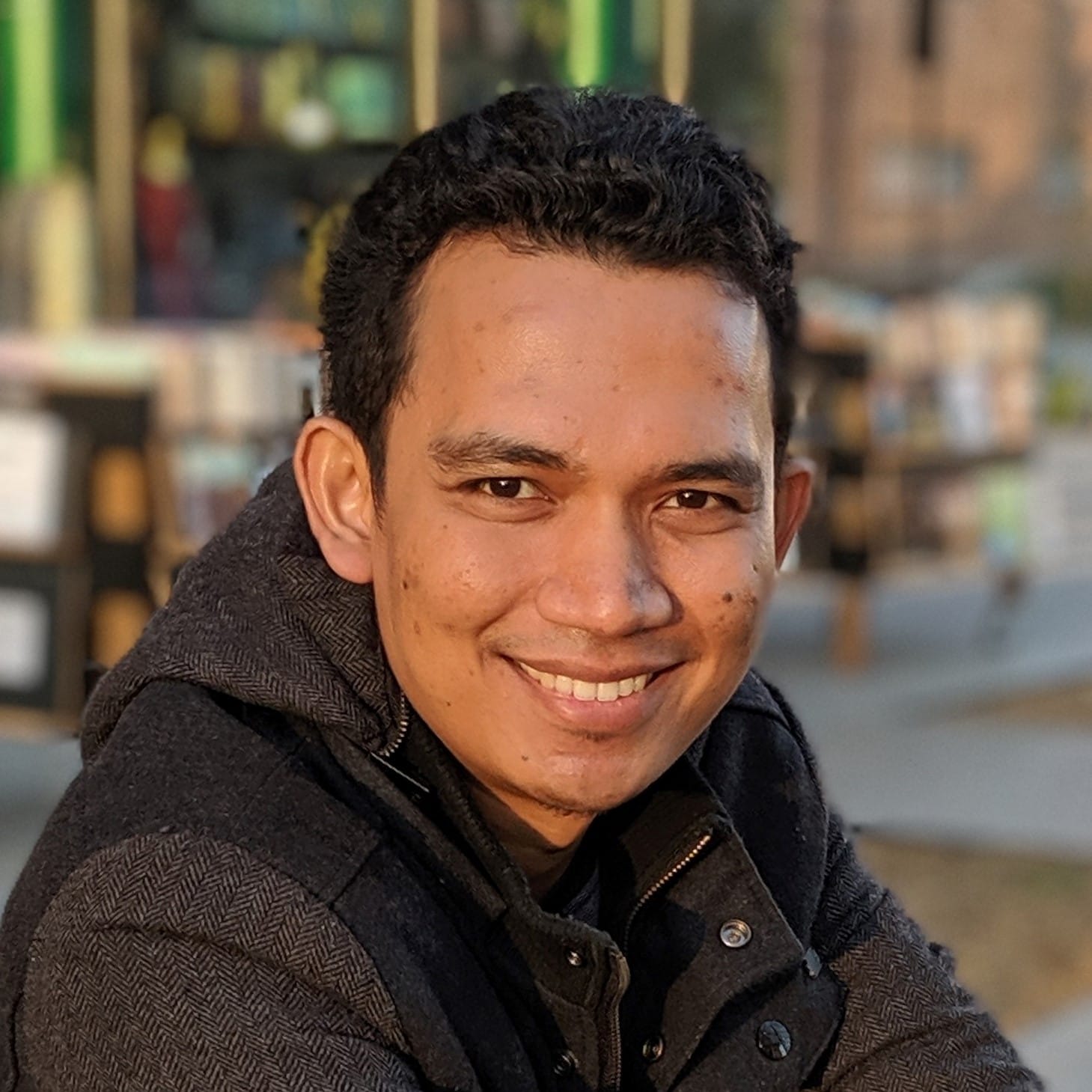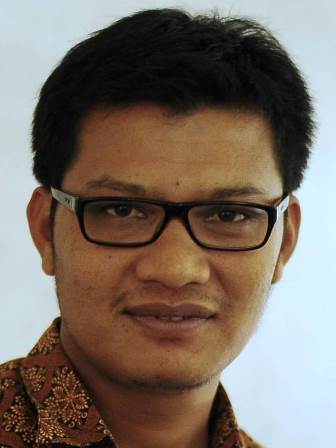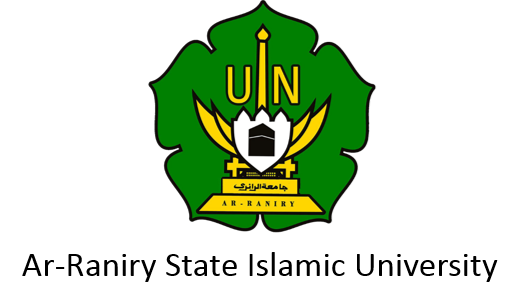Where should we rebuild after a disaster?
- Details
-
Published: Wednesday, 07 February 2018 14:19
Authors:
Jamie McCaughey, Ibnu Mundzir,
Saiful Mahdi, and Patrick Daly
In 2004, a devastating tsunami struck coastlines around the Indian Ocean. Examining the long-term recovery of the city of Banda Aceh, Indonesia, we found that reconstruction aid provided mostly near the coast, combined with many people's preferences to move to safer areas instead, has had the unintended consequence that the poor have become disproportionately exposed to coastal hazards.
We published these findings in Nature Sustainability (see also a commentary and blog post). For this and other studies, researchers from the Earth Observatory of Singapore, Nanyang Technological University teamed up with our colleagues at the International Centre for Aceh and Indian Ocean Studies and Syiah Kuala University in Banda Aceh, Indonesia.
 |
| Banda Aceh and surroundings after reconstruction. The tsunami reached ~3 km inland across the low-lying terrain. Following this, the international reconstruction effort rebuilt mostly in-place in areas near the coast |
As we detail in our paper and blog post, this study looks at the question of where to rebuild after a disaster. This decision often involves a difficult tradeoff: rebuilding in-place puts people back in disaster-prone areas, yet mass relocation projects often have negative impacts on people's livelihoods, land rights, and connections to their community. The international humanitarian sector often favors rebuilding in-place, but is this always what people want after a devastating disaster?
Read more: Where should we rebuild after a disaster?
Habaib in Southeast Asia: A Review
- Details
-
Published: Wednesday, 08 November 2017 15:46
By : Nia Deliana
A Lecturer in International Islamic University of Malaysia

Ismail Fajri Alatas, “Habaib in South East Asia” in The Encyclopedia of Islam Volume III edited by Kate Fleet, Gudrun Kramer, Denis Matringe, John Nawas, and Everett Rowson, Leiden : Brill, 2018.
A subtitle “Habaib in Southeast Asia” authored by Ismail Fajri al Attas published in The Encyclopedia of Islam Volume III gives a brief description on the origin and role transformation of the Habaib in Southeast Asia as early as 15 th to the present time. It is crucial to note here that this referential works give no attention to the role of Aceh in the transformation of the Habaib in this region.
It begin with explaining the terminology of the words and its meaning. ‘Habib’ is a label awarded by the indigenous population as a gratitude to a prophet descendant traced their lineage to Ahmad bin Isa, the grand grandson of the prophet Muhammad SAW who emigrated from Basra to Hadhramawt in the 10 th century, in which later they pioneered numerous religious and political establishments. One of them is in Sufism field where Tariqat al Alawiyyah flourished and spread to Southeast Asia which persisted till the very present time. In these 4 pages narratives, Prof Alatas mentioned that the Habib was the earliest known Muslim missionaries in Southeast Asia, traced their existence to the 15 th century period. Yes, their origin in this area is pretty much debatable where one of the arguments indeed relates evidences of their existence as early as 9th century, appointing to inhibition of Lamuri, a long lost area once situated in the Northern part of Sumatra.
Read more: Habaib in Southeast Asia: A Review
 Beberapa hari lalu, terjadi pertemuan ulama-ulama dunia dalam acara Konsultasi Tingkat Tinggi (KTT) Ulama dan Cendekiawan Muslim Dunia di Istana Bogor, Jawa Barat (1-3/5/2018). Salah satu pesan yang dihasilkan dalam pertemuan penting tersebut adalah mengenai pentingnya mengembangkan Islam Wasatiyyah (Islam Moderat).
Beberapa hari lalu, terjadi pertemuan ulama-ulama dunia dalam acara Konsultasi Tingkat Tinggi (KTT) Ulama dan Cendekiawan Muslim Dunia di Istana Bogor, Jawa Barat (1-3/5/2018). Salah satu pesan yang dihasilkan dalam pertemuan penting tersebut adalah mengenai pentingnya mengembangkan Islam Wasatiyyah (Islam Moderat).

















